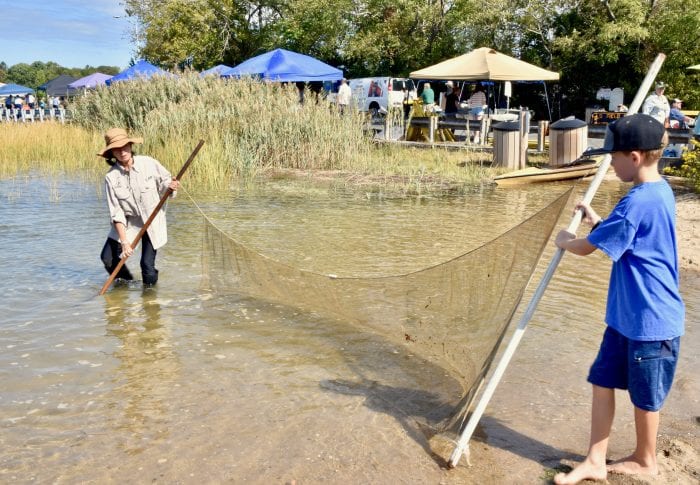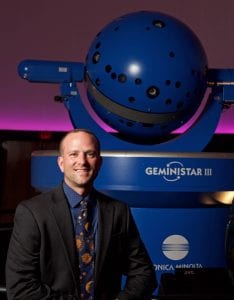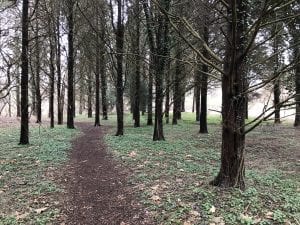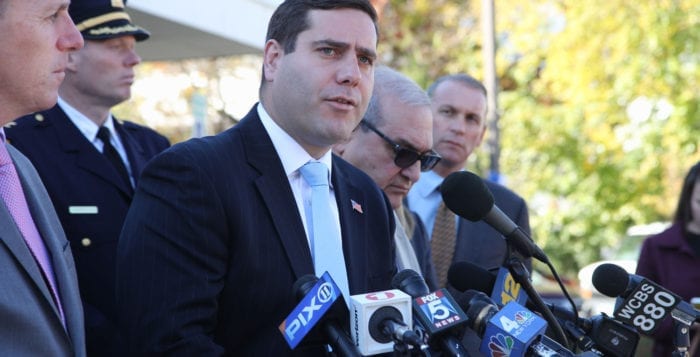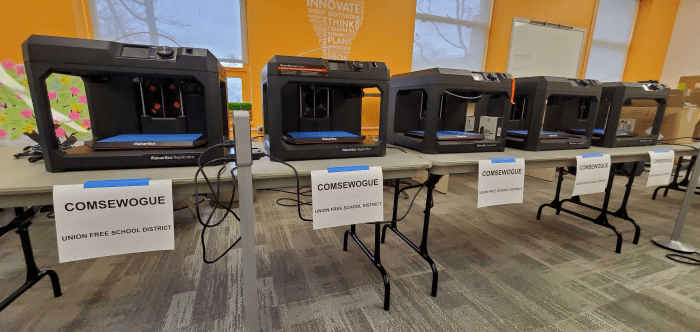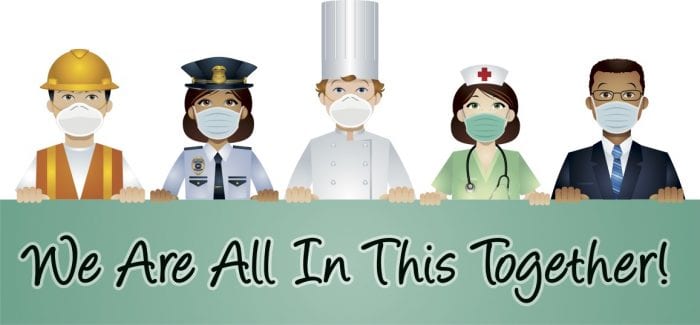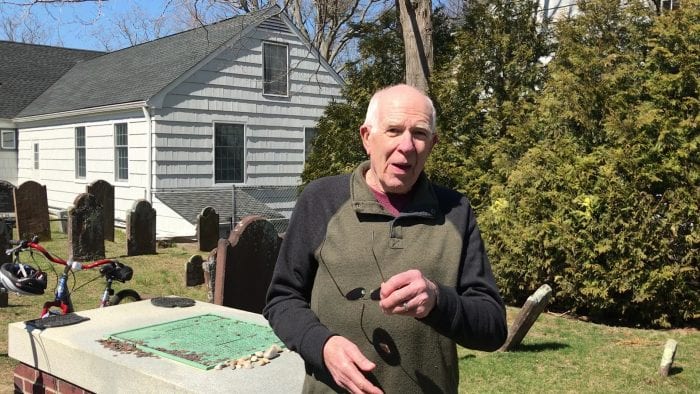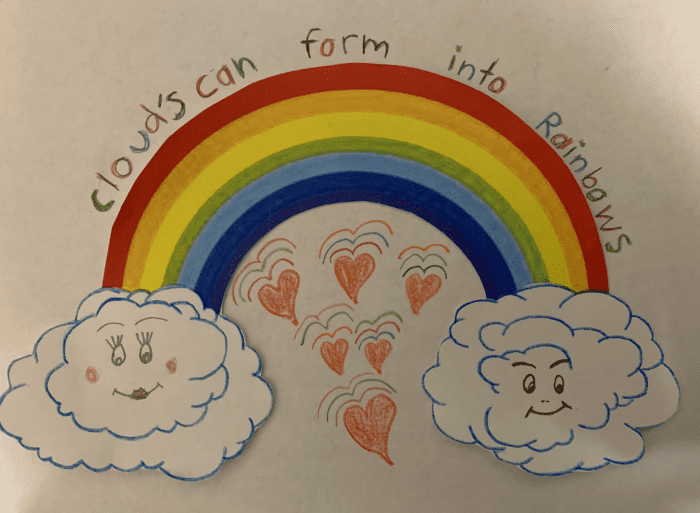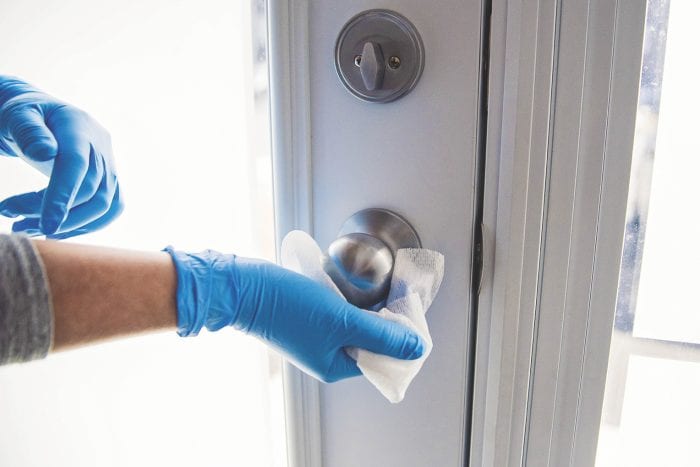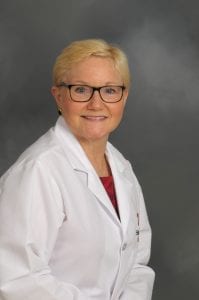By Patricia Paladines
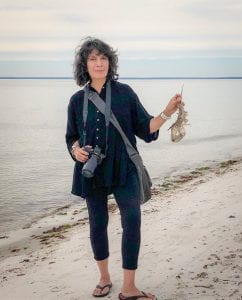
The first Earth Day on April 22, 1970 catalyzed the modern environmental education movement. A few months after that first official celebration of the Earth’s natural environment, the Congress of the United States passed The Environmental Education Act, which was signed into law by President Richard Nixon on October 30, 1970. Later, Nixon noted that it is “vital that our entire society develop a new understanding and new awareness of man’s relation to his environment – what might be called ‘environmental literacy.’”
The Act states that “The Congress of the United States finds that the deterioration of the quality of the Nation’s environment and of its ecological balance poses a serious threat to the strength and vitality of the people of the Nation and is in part due to poor understanding of the Nation’s environment and of the need for ecological balance; that presently there do not exist adequate resources for educating and informing citizens in these areas, and that concerted efforts in educating citizens about environmental quality and ecological balance are therefore necessary.”
The Environmental Education Act encouraged and provided financial support for the development of curricula that improved American’s understanding of policies that enhance environmental quality and maintain ecological balance. It called for the use of such curricula in model educational programs at the elementary and secondary school levels, the development of training programs for teachers, other educational personnel, public service personnel, community, labor, industrial and business leaders, and government employees at State, Federal and local levels.
It supported the planning of outdoor ecological centers that would provide community education programs on preserving and enhancing environmental quality and maintaining ecological balance, and the preparation and distribution of material by mass media in dealing with the environment and ecology.
In 1971, the U.S. Commissioner of Education, Sidney P. Marland Jr. wrote an article titled Environmental Education Cannot Wait in American Education. In the article he stated, “Environment as a high priority educational theme has also been assisted by strong student concern for the decline in environmental quality. Youth is more concerned with the future state of the environment than is the older generation because young people are, for one thing, going to spend so much time inhaling that future environment, swallowing it, and finding their way through it. Environmental concern offers an attractive neutral ground in which to work out the ‘alliance between generations’ which President Nixon spoke of at the University of Nebraska in January.”
Many of us were the “youth” Mr. Marland refers to in his article. We grew up inhaling, swallowing and finding our way through the environment our leaders at the time sought to protect. We raised our children on a less polluted planet than what we had begun to experience in the 1950s and 60s when we were children.
Opportunities for learning about the natural environment that surrounds us are readily available around Long Island through nature centers, aquariums, universities, and our protected forests and beaches.
On this 50th anniversary of the first Earth Day, the world is on lockdown due to a pandemic which is believed to have originated from disturbance to wildlife and habitats. It is an opportunity to give us pause and reflect on how we now should work out an “alliance between generations” for preventing future Earth Days experienced in lockdowns caused by environmental illiteracy.
Patricia Paladines is an environmental educator and photographer living Setauket. She works as a consultant for an organization that funds UNICEF’s Let Us Learn projects in Afghanistan, Bangladesh, Liberia, Madagascar and Nepal. Patricia is on the board of various local environmental organizations including the Four Harbors Audubon Society and the Center for Environmental Education and Discovery in Brookhaven, and in the warm months enjoys leading trips around Stony Brook’s West Meadow Creek aboard the Ward Melville Heritage Organization’s Discovery tour boat.

